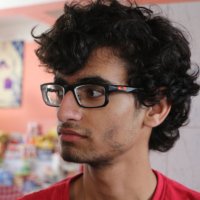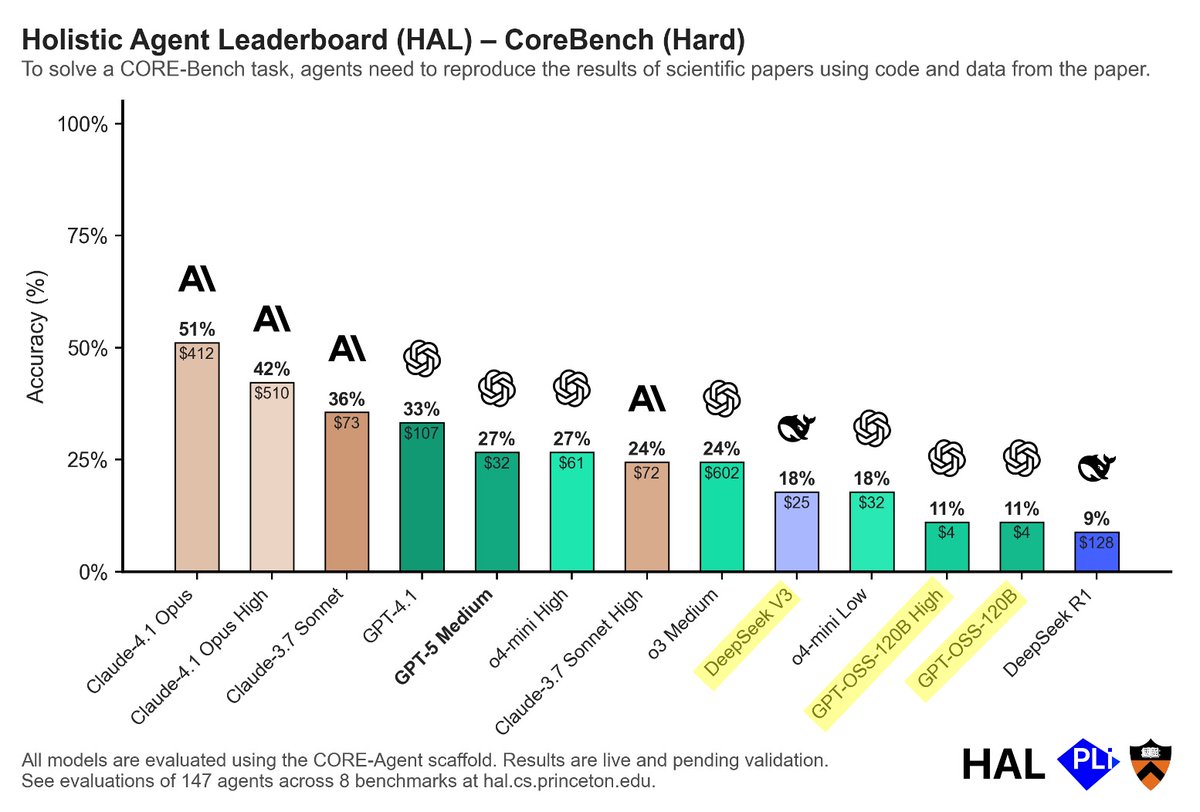
Sayash Kapoor
@sayashk
CS PhD candidate @PrincetonCITP and senior fellow at @Mozilla. I tweet about agents, evaluation, reproducibility, AI for science. Book: aisnakeoil.com
ID: 3084274082
http://cs.princeton.edu/~sayashk 15-03-2015 09:03:24
1,1K Tweet
9,9K Followers
1,1K Following












Joshua Achiam Nah that's not what's happening. If it was, I'd be one of the people most excited about recent changes. My long tail of things that models can't do for me hasn't really decreased much in size in recent months.


